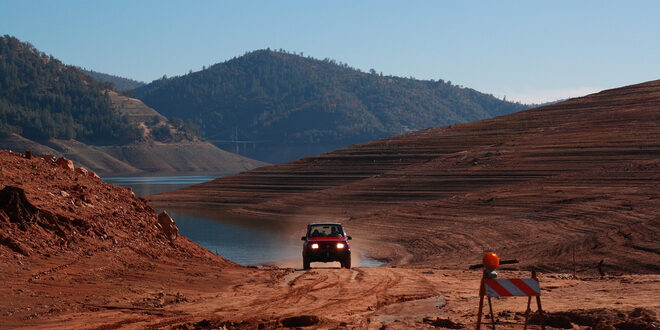And the hits keep coming. Faced with an almost certain exceptionally dry year, the California Department of Water Resources (DWR) announced a revision to the initial State Water Project (SWP) allocation for the 2021 water year.
State Water Project Contractors can now expect only 5 percent of requested supplies, down from the initial 10 percent the department announced last December. The 5 percent allocation amounts to 210,266 acre-feet of water, distributed among the 29 long-term SWP contractors who serve more than 27 million Californians and 750,000 acres of farmland.
Initial allocations are based on conservative assumptions regarding hydrology and factors such as reservoir storage. Allocations are reviewed monthly and may change based on snowpack and runoff information. They are typically finalized by May.
“We are now facing the reality that it will be a second dry year for California and that is having a significant impact on our water supply,” said DWR Director Karla Nemeth. “The Department of Water Resources is working with our federal and state partners to plan for the impacts of limited water supplies this summer for agriculture as well as urban and rural water users. We encourage everyone to look for ways to use water efficiently in their everyday lives.”
DWR also submitted a revised Drought Contingency Plan to the California Department of Fish and Wildlife. The plan provides updated hydrologic conditions and outlines areas of concern for the joint operations of the State Water Project and the Central Valley Project, water quality, and environmental impacts. As of now, the state does not anticipate the need to pursue a Temporary Urgency Change Petition (TUCP) to allow for temporary changes to the water quality and outflow requirements for the Sacramento-San Joaquin Delta.
The severity of the situation is particularly evident in the North State. Lake Oroville is currently at 53 percent of average. The Feather River watershed, which feeds into Lake Oroville, has seen significantly less precipitation this year than normal, on track for its second driest year on record. Following a below average 2020 water year, California’s major reservoirs are at 50 percent of capacity.
 California Water News Daily Your Source For Water News in California
California Water News Daily Your Source For Water News in California


